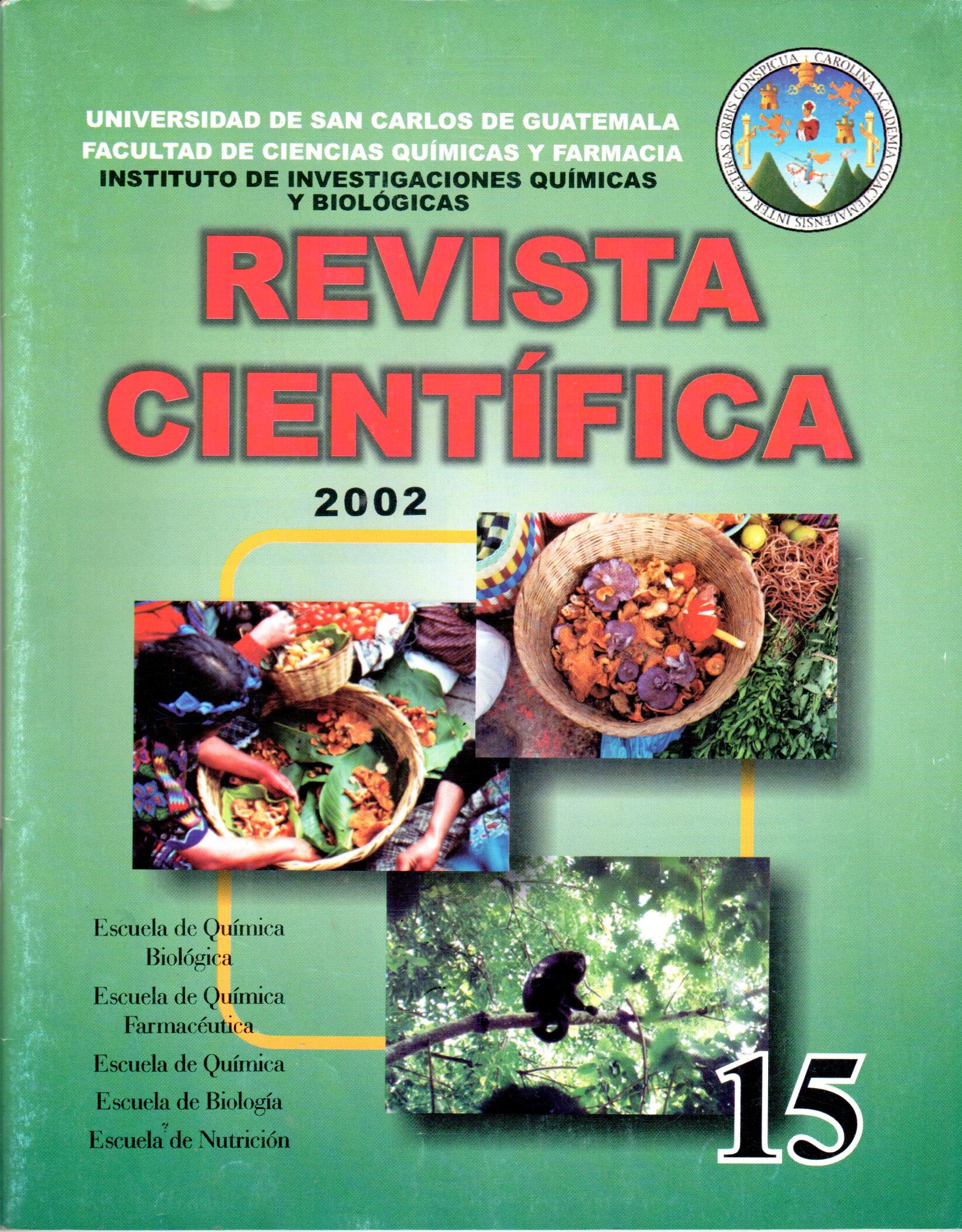Determining dietary factor in the percentage of fat in breast milk
DOI:
https://doi.org/10.54495/Rev.Cientifica.v15i1.255Keywords:
Determining, Dietary factor, Percentage of fat in breast milkAbstract
A descriptive, cross-sectional study was conducted to identify variations in dietary energy and macronutrient intake and their effect on breast milk fat content in mothers from the municipality of San Juan Chamelco, department of Alta Verapaz. Sixty-one mothers who attended the Health Center of this municipality for three consecutive days from August to December 1999 were studied. Dietary information (energy and macronutrients) was collected using a 24-hour recall; and breast milk fat content was estimated using the crematocrit. The results were analyzed using descriptive statistics and linear regression. Regarding the nutritional status of the mothers, 3.5% had a Body Mass Index (BMI) with values below normal. Of the remainder, 47% had a normal nutritional status and 49% were overweight or obese. However, energy and macronutrient intake were found to be lower than the INCAP Daily Dietary Recommendations (7). None of the mothers met their energy requirements; 93% did not meet 75% of the recommended intake, and only 7% met between 75 and 99% of the requirement. The average energy intake was 1442 ± 273 Kcal/day, of which 14% (52.4 ± 13.3 g) came from protein, 70% (253.2 = 46.9 g) from carbohydrates, and 16% (27.2 = 12.5 g) from fat. Regarding the fat content of breast milk, values comparable to those reported in previous studies were found (4), with an average of 7.7 = 3.3 percent. In addition, significant differences in fat content were observed both inter- and intra-individually. In this study, no correlation could be demonstrated between energy and macronutrient intake the previous day and the fat content of breast milk. However, these women are able to efficiently maintain breastfeeding during the first three months, probably through metabolic adaptation mechanisms.
Downloads
References
BEAL, V, 1920, Lactancia. Nutrición en el ciclo de la vida. Trad. Zevnovaty. B. México. Editorial Limusa. pp. 196-284
Effect of temperature on Crematoc it method. British Medical Journal. (Gran Bretaña) 287, (-)392, https://doi.org/10.1136/bmj.287.6389.392 DOI: https://doi.org/10.1136/bmj.287.6389.392
KRAMER, L.y DE GROOT. S. 1997, Effect of freezing on the crematocrit values of breast milk samples. Review and manual for breast milk collection. Guatemala. 72 p. Wageningcn Agricultural University . (Tesis).
LUCAS, A.MASTER, R.y BAUM, J. 1978 Crematocrit. simple clinical Technique for estimating fat concentration and energy value of human milk. British Medical Journal. (Inglaterra) 1, (10) 1018-1020, https://doi.org/10.1136/bmj.1.6119.1018 DOI: https://doi.org/10.1136/bmj.1.6119.1018
NEVILLE. M. y NEIFERT, M. 1983. Lactation. Phlsiology, nutrition and breast-feeding. New York: Plenum Pless, pp.228, https://doi.org/10.1007/978-1-4613-3688-4 DOI: https://doi.org/10.1007/978-1-4613-3688-4
THOMAS, R. 1986. et. al. 1986. Comparison of macronutrient concentration of preterm human milk between two milk expression techniques and two techniques for quantitation of energy. Journal of Pediatric Gastroenterology and Nutrition. (U.S.A.) 5, (4):943-948, https://doi.org/10.1097/00005176-198607000-00016 DOI: https://doi.org/10.1097/00005176-198607000-00016
TORUN, B„ MENCHU. M.T. y ELIAS. L. 1994. Recomendaciones dietéticas diarias del INCAP. Edición 45 Aniversario. Guatemala. Publicación INCAP 137p.
Downloads
Published
How to Cite
Issue
Section
License
Copyright (c) 2002 E. Mayorga, M.A. Gonzáles, J. Bulux

This work is licensed under a Creative Commons Attribution 4.0 International License.
Authors who publish with this journal agree to the following terms:
- Authors retain copyright and grant the journal right of first publication with the work simultaneously licensed under a Creative Commons Attribution License 4.0 that allows others to share the work with an acknowledgement of the work's authorship and initial publication in this journal.
- Authors are able to enter into separate, additional contractual arrangements for the non-exclusive distribution of the journal's published version of the work (e.g., post it to an institutional repository or publish it in a book), with an acknowledgement of its initial publication in this journal.
- Authors are permitted and encouraged to post their work online (e.g., in institutional repositories or on their website) prior to and during the submission process, as it can lead to productive exchanges, as well as earlier and greater citation of published work.









